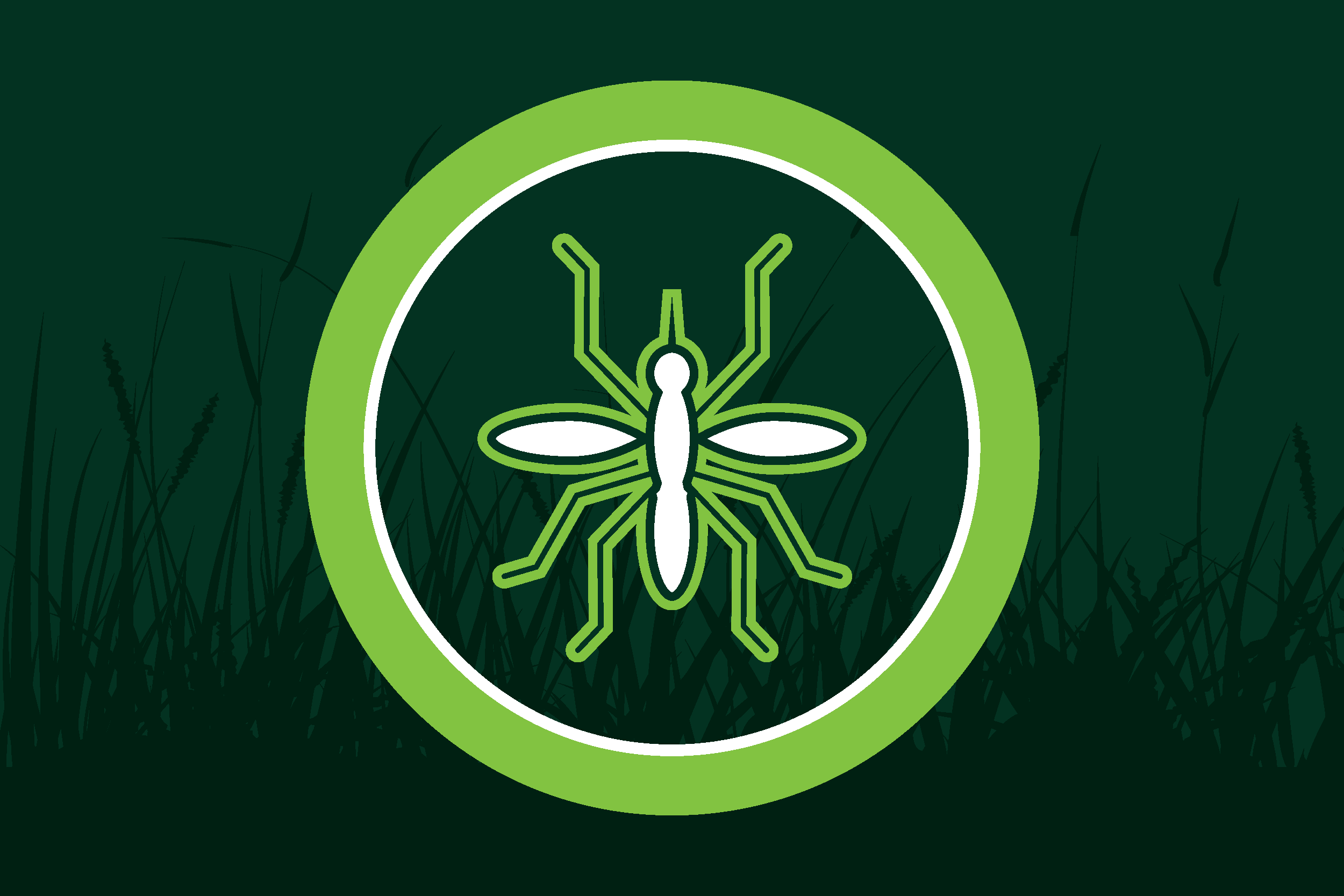West Nile Virus#

West Nile virus (WNV) is a disease transmitted to humans by mosquitoes. It first appeared in the U.S. in 1999 in New York. It has since traveled westward across the U.S. and appears in Colorado each summer.
Although all age groups are at risk for WNV, individuals over the age of 50 and those with compromised immune systems have the highest risk of severe disease. WNV can be fatal to anybody, regardless of age or health. Fortunately, you can take appropriate prevention measures to help protect yourself.
-
Most infections are mild and symptoms include:
- fever
- headache
- body aches
- skin rashes (occasionally)
- swollen lymph nodes (occasionally)
More severe infections may include:
- headache
- high fever
- neck stiffness
- stupor
- disorientation
- coma
- tremors
- muscle weakness
- convulsions
People with these symptoms need to seek medical attention immediately.
-
Most species of mosquitoes in this area do not carry West Nile virus. Only female culex species carry WNV, and fewer than one percent of people infected with the virus will develop severe illness. Symptoms generally appear 3 to 14 days after exposure. All residents in areas where West Nile virus activity is confirmed are at risk, but people over age 50 seem to be especially vulnerable to the severe forms of disease. In rare cases, it can be fatal.
West Nile virus can cause encephalitis (swelling of the brain) and/or meningitis (swelling of the brain's lining).
-
The virus is carried long distances by infected birds and then spread locally by mosquitoes that bite these birds. The mosquitoes can then pass the virus to humans and animals, primarily birds and horses. There is a vaccine for horses, but none for humans. House pets do not spread the illness.
Health departments across the state closely monitor human and horse illnesses and track the virus by testing dead birds and trapping mosquitoes.
-
Mosquito season in Colorado starts in the spring and ends in mid-September. Peak season for WNV-positive mosquitoes tends to be mid-July through early September, though WNV could be detected in mosquitoes earlier or later depending on that year's specific conditions.
Report Possible Breeding Sites
Community members can report potential mosquito breeding areas to Vector Disease Control International (VDCI) by calling 970-278-9977.